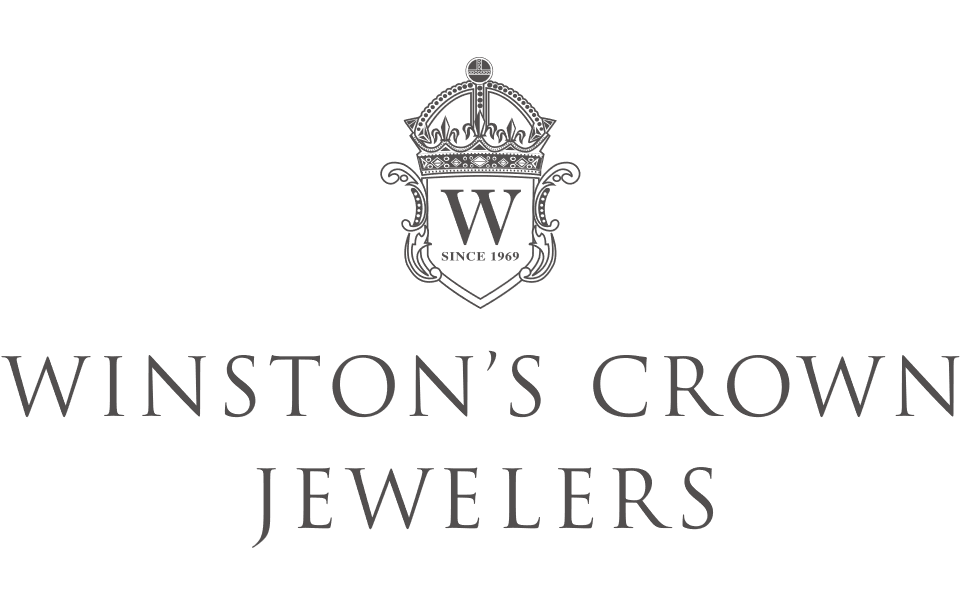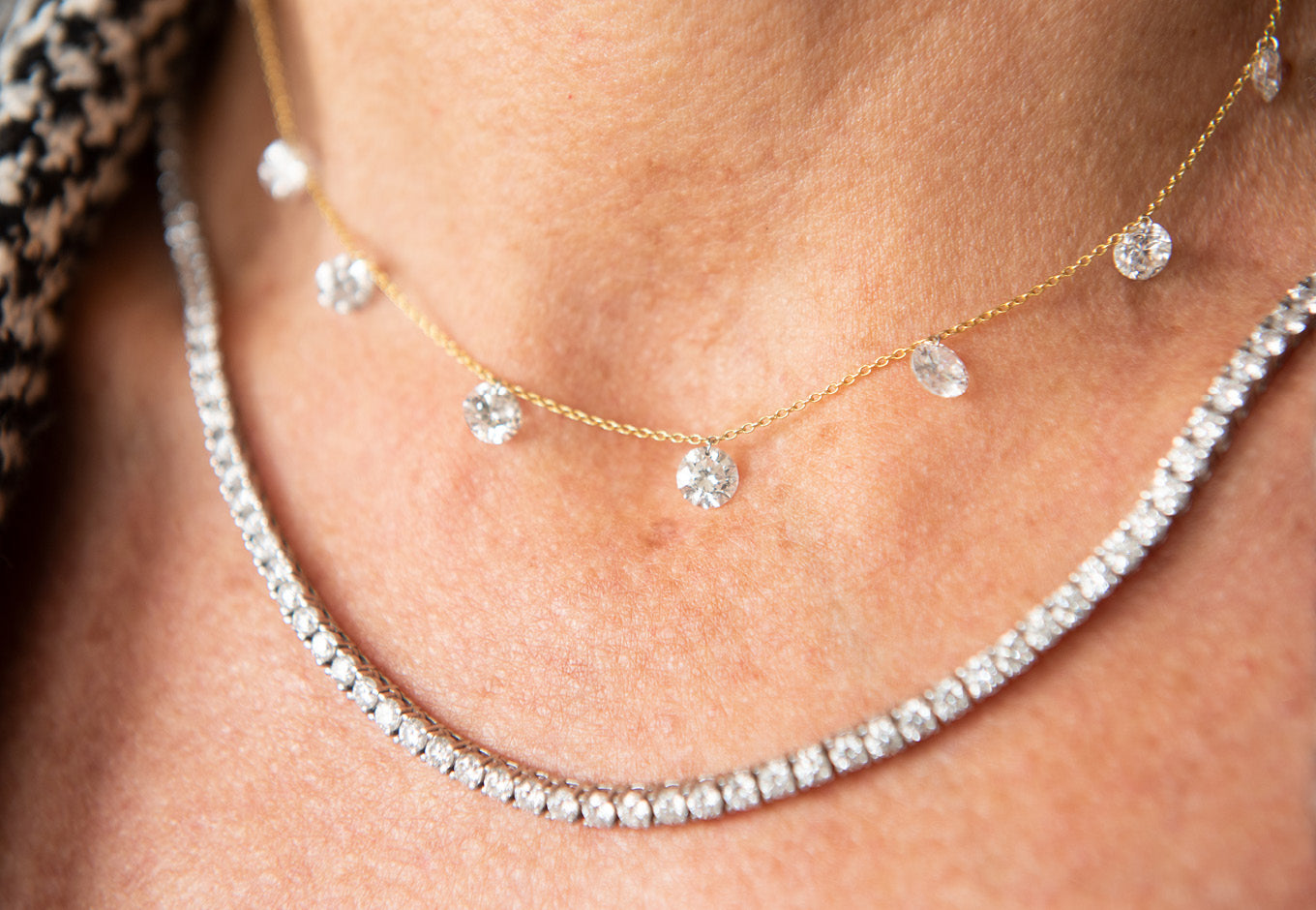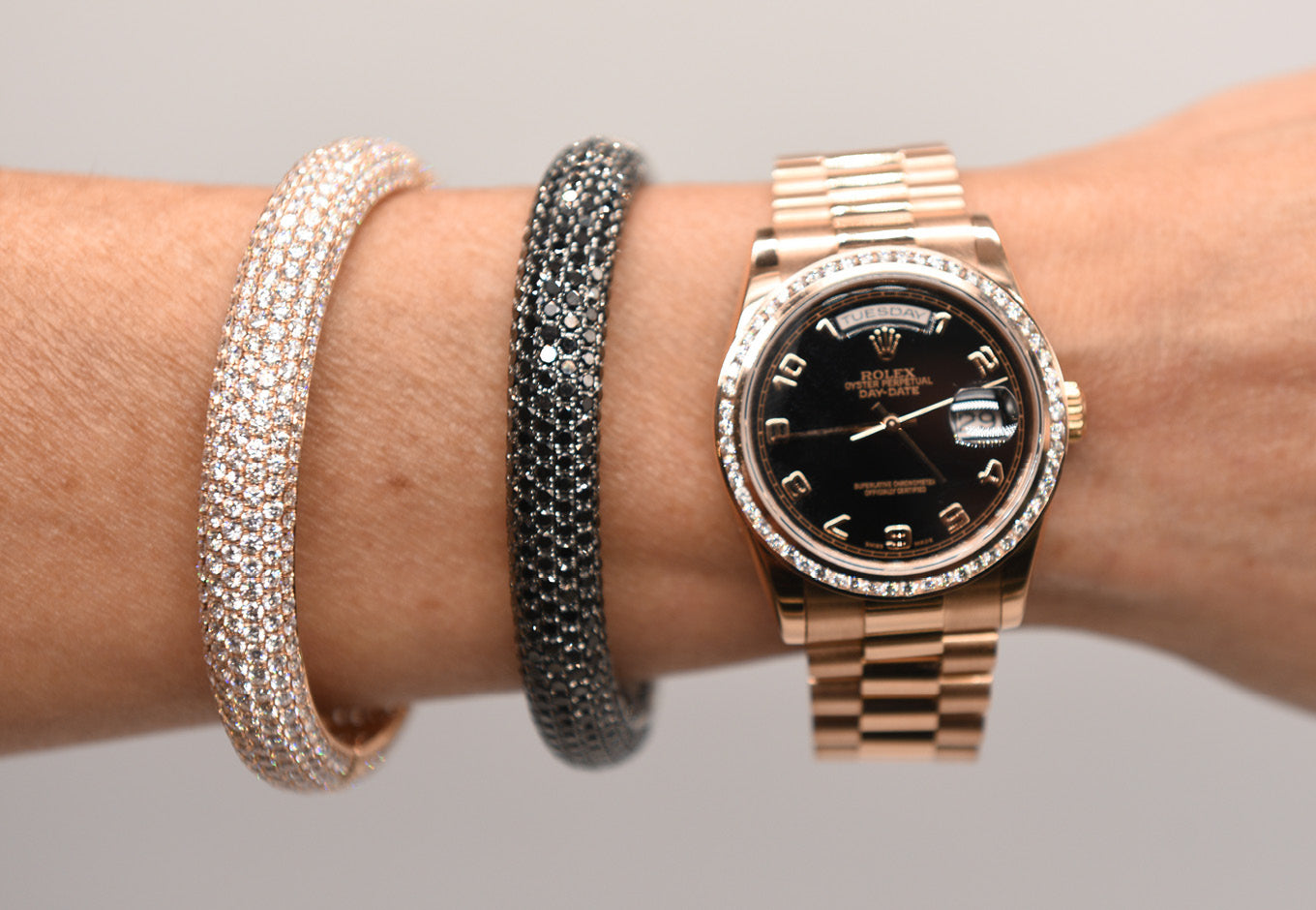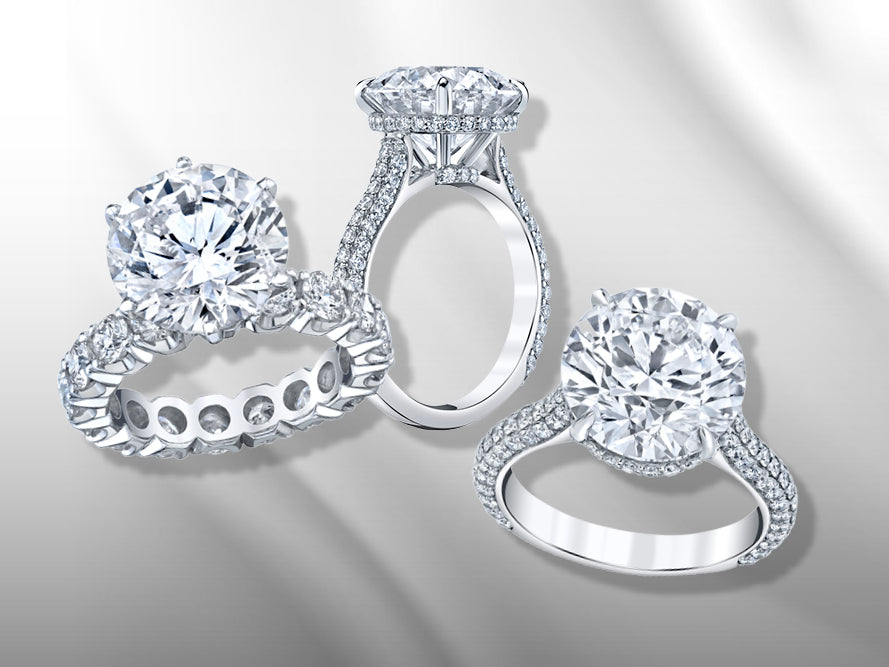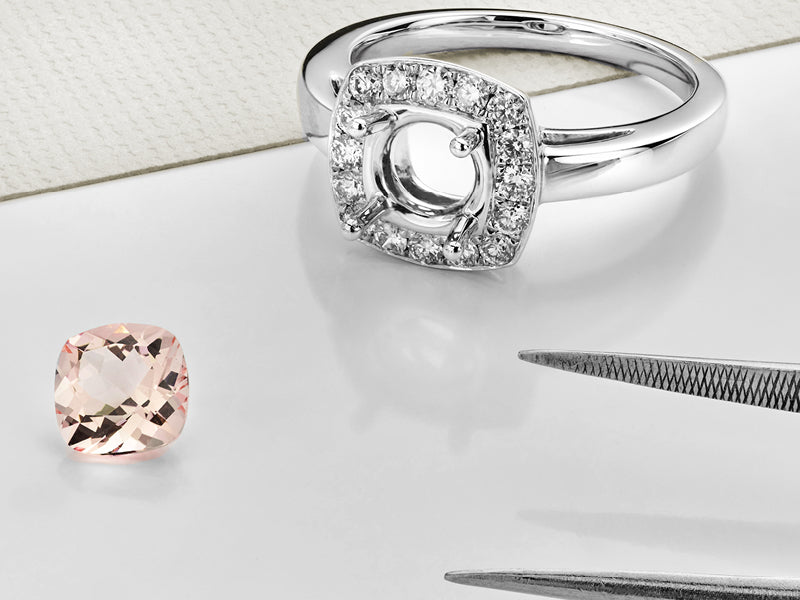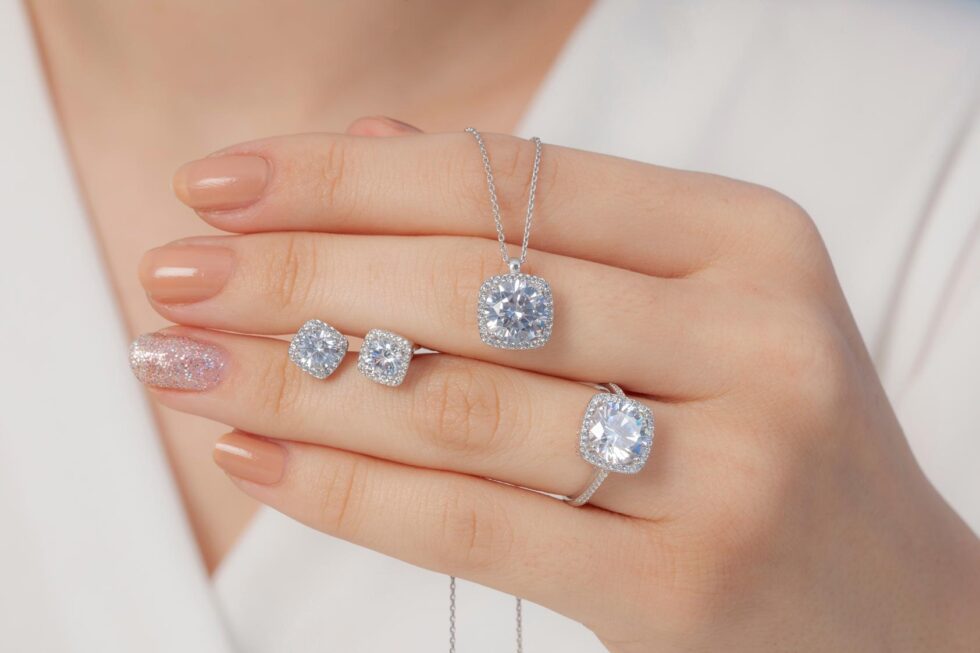
What Are Facets On A Diamond?
There are few things that can capture the attention of a person like the shimmering radiance of a well-cut diamond, but how do diamonds achieve their signature brilliance? The answer is simple, it’s from perfectly cut facets! So you may now be asking “ What are Facets On A Diamond?”. We will teach you everything you need to know about diamond facets in order to pick the perfect diamond for your next ring.
What Is A Facet On A Diamond?
Diamonds have many surfaces known as facets, and the angles at which these surfaces are cut determine how light penetrates or exits the stone. A diamond or faceted gem consists of three parts: the crown on top, the girdle in the middle to accommodate the gem setting, and the pavilion at the bottom, which contains the culet. The most common diamond cut has 58 facets, with the pavilion and crown having the most influence on the light show we see when inspecting a diamond.
What Are the Types of Diamond Facets?
The crown of a diamond consists of four types of facets: the table facet, star facets, main facets, and break facets. The pavilion of a diamond has only main and break facets. The culet of a diamond may also be considered a facet if it has a flat edge instead of a pointed finish.
Table Facets
The table facet is the top face of the diamond, allowing the majority of the light to bounce off the other facets. Table facets have gotten larger in recent times, with diamonds being classified partially by the radius of their table facets.
Star Facets
Star facets are only found on the crown of the diamond, surrounding the table facet. Star facets and main facets supplement the light coming into the gemstone from the table facet. The angles of the star facets also begin to bend the light coming in from the table facet. Modern star facets are longer than those found on older diamonds.
Main Facets
The main facets of a diamond serve different purposes depending on whether they are found in the crown or the pavilion. In the crown, the main facets both allow new light in and reflect light brought in by the table and star facets. In the pavilion, main facets add to the dispersion within your diamond.
Break Facets
Break facets share edges with the girdle and scatter the light of your diamond even further. Like star facets, break facets have elongated over time. The angle and number of break facets on your diamond determine the amount of light that reflects back to a viewer’s eye. You may be tempted to choose a diamond cut with more facets over one with fewer facets, but having too many facets on your gemstone may actually reduce its apparent brightness.
Short and steep or gentle and sloping – the team of experts at Winston’s Crown Jewelers can help you find the perfect diamond in any cut.
Contact us today for more information.
